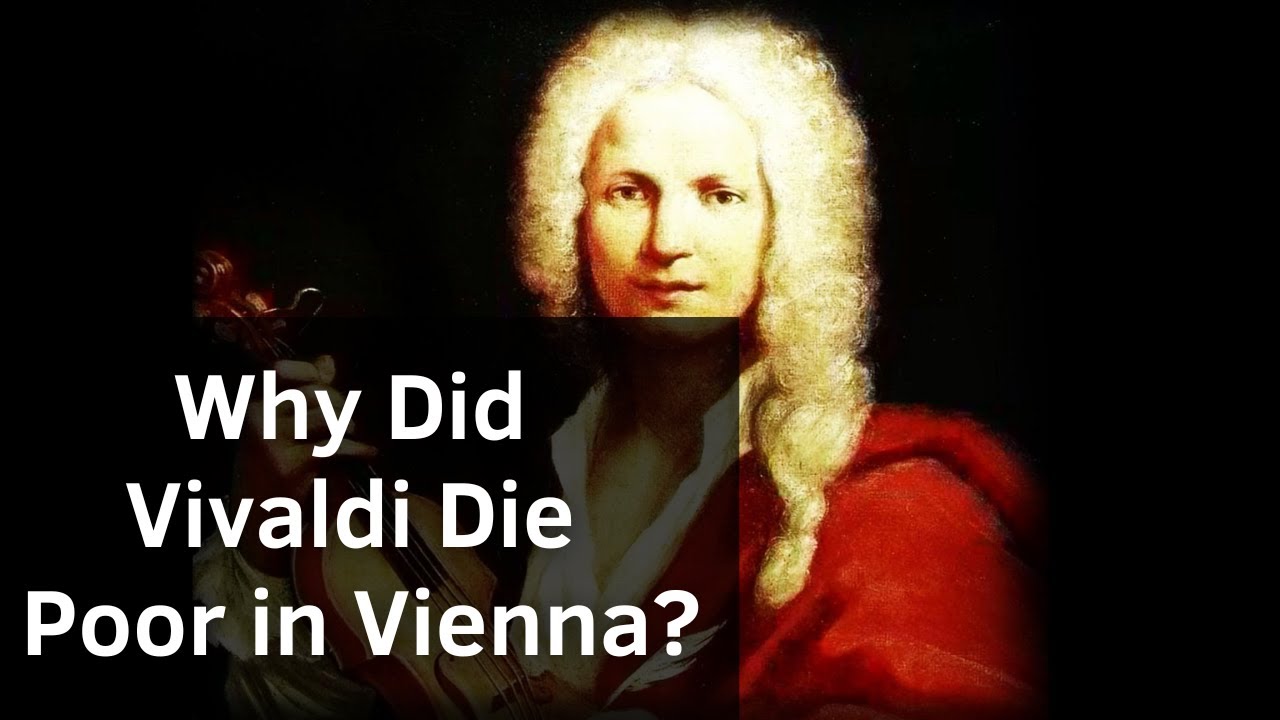
Five Facts You Didn’t Know About Vivaldi
Five Facts You Didn’t Know About Vivaldi 1. Vivaldi’s baptism Vivaldi was baptised immediately after he was born, in his own home. This could have been due[…]

Why Did Vivaldi Die Poor in Vienna?
Why Did Vivaldi Die Poor in Vienna? Vivaldi spent most of his career at a single institution, a home for the illegitimate children of Venetian noblemen[…]

Vivaldi Biography – Music | History
Antonio Lucio Vivaldi (4 March 1678 – 28 July 1741) was an Italian Baroque composer, virtuoso violinist, teacher, impresario, and Roman Catholic priest. Born in Venice,[…]

Vivaldi – Concerto for 2 Trumpets in C major, RV. 537 – Music | History
This concerto in three movements was published around 1950, though little is known about its composition date or circumnstances. The only source for this concerto[…]

Vivaldi – Concerto for 2 Violins in A minor, RV 522 – I. Allegro – Music | History
Vivaldi – Concerto for 2 Violins in A minor, RV 522 – I. Allegro – Music | History L’estro armonico (The Harmonic Inspiration), Op. 3, is[…]

Vivaldi – Four Seasons – Music | History
Vivaldi – Four Seasons – Music | History The Four Seasons (Italian: Le quattro stagioni) is a group of four violin concerti by Italian composer Antonio[…]

Scarlatti – Vivaldi – Concerto Grosso in F minor – Music | History
Scarlatti – Vivaldi – Concerto Grosso in F minor – Music | History The Sinfonie di concerto grosso (R.533/1 to 12) is the title of twelve[…]

Happy Classical Music – Tchaikovsky, Mozart, Vivaldi, Strauss
Happy Classical Music – Tchaikovsky, Mozart, Vivaldi, Strauss Classical music is art music produced or rooted in the traditions of Western culture, including both liturgical (religious)[…]
The Best of Vivaldi – Part I – Greatest Works
Antonio Lucio Vivaldi (4 March 1678 – 28 July 1741) was an Italian Baroque musical composer, virtuoso violinist, teacher, and priest. Born in Venice, the[…]

Vivaldi – Concerto in C major Op. 8 No. 12
Antonio Vivaldi – Concerto in C major Op. 8 No. 12 Antonio Lucio Vivaldi (4 March 1678 – 28 July 1741) was an Italian Baroque musical[…]